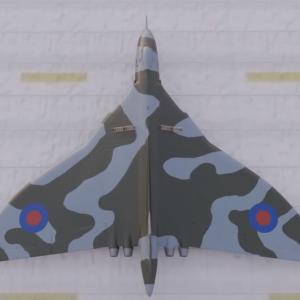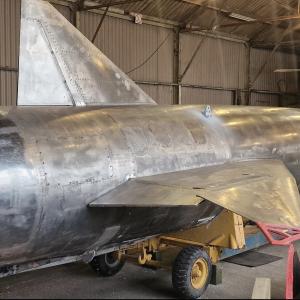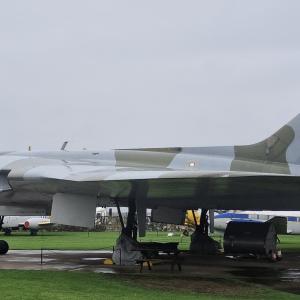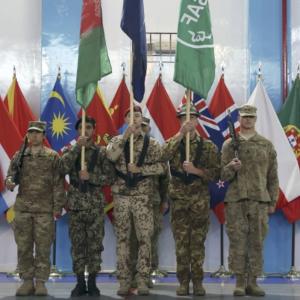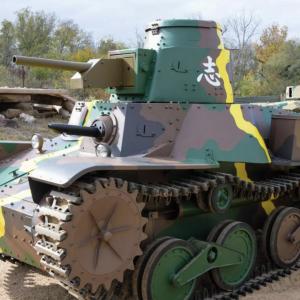
Paul Tibbets & Crew
Paul Tibbets was a United States Army Air Forces (USAAF) officer and the pilot of the Enola Gay, the B-29 Superfortress bomber that dropped the first atomic bomb on Hiroshima, Japan, on August 6, 1945. This mission marked a turning point in military history and contributed significantly to the end of World War II. Born in Quincy, Illinois, in 1915 and raised in Miami, Florida, Tibbets joined the Army Air Corps in 1937. He became a skilled and respected pilot, eventually flying combat missions in Europe before being selected to lead one of the most secretive and consequential military missions of all time.
Tibbets was chosen to head the 509th Composite Group, a specially created unit assigned to deliver the atomic bomb. The unit was formed under conditions of the highest secrecy, and its purpose was known only to a select few. Tibbets was chosen for his experience, leadership qualities, and steady demeanor under pressure. His assignment required not only top-tier flying skills but also the ability to lead and maintain morale among men working on a mission the full details of which were kept secret from most of them. He supervised intensive training at Wendover Army Air Field in Utah and later at Tinian Island in the Pacific, where final preparations for the atomic bombing were made.
On the morning of August 6, 1945, Tibbets piloted the Enola Gay, named after his mother, from North Field on Tinian. The aircraft carried “Little Boy,” the uranium-based atomic bomb, destined for Hiroshima. The mission was meticulously planned, including extensive weather forecasting, flight path calculation, and target selection. The crew took off in the early hours of the morning, flying with precision and under strict radio silence. As they neared the target, Tibbets flew at high altitude while bombardier Thomas Ferebee prepared to release the bomb.
At 8:15 a.m. local time, the bomb was dropped and detonated approximately 1,900 feet above the city. The explosion destroyed much of Hiroshima and caused immense human suffering, killing an estimated 70,000 to 80,000 people instantly, with tens of thousands more dying later from injuries and radiation. The mission lasted just over 12 hours. Upon returning to base, the gravity of what they had done was not lost on the crew, though many were initially unaware of the full extent of the bomb’s power. Tibbets later stated that he had no regrets about the mission, believing it helped shorten the war and save lives by averting a ground invasion of Japan.
The crew of the Enola Gay consisted of twelve men, each with specific roles essential to the success of the mission. Colonel Paul W. Tibbets served as the aircraft commander and pilot. Captain Robert A. Lewis was the co-pilot. Lewis later wrote a personal account of the mission, expressing emotional conflict about the bombing. Major Thomas W. Ferebee was the bombardier responsible for releasing the bomb over the target. Captain Theodore “Dutch” Van Kirk served as the navigator, calculating the precise course to Hiroshima. Lieutenant Jacob Beser was the radar countermeasures officer; notably, he was the only person to fly on both atomic bomb missions, including the one over Nagasaki.
Other crew members included Staff Sergeant George R. Caron, who served as tail gunner and took some of the only photographs of the explosion. Sergeant Joe Stiborik was the radar operator, and Sergeant Robert Shumard served as the assistant flight engineer. Flight engineer Wyatt E. Duzenbury was responsible for the bomber’s engines and overall mechanical performance. Sergeant Richard H. Nelson was the radio operator, maintaining communications when required, although most of the mission was flown under radio silence. Technical Sergeant Morris R. Jeppson was the assistant weaponeer, helping to arm the bomb in-flight. The weaponeer himself was Navy Captain William “Deak” Parsons, who was in charge of the bomb's final arming and deployment.
Each member of the Enola Gay’s crew played a vital role in a mission that changed the course of history. Despite the controversy that continues to surround the use of the atomic bomb, the actions of Tibbets and his crew were in line with their military orders and the wartime context. They carried out a mission that had been ordered by the highest levels of the U.S. government and military leadership. For many of the crew, the weight of their involvement stayed with them for the rest of their lives. Tibbets himself remained a staunch defender of the mission, emphasizing the necessity of the action and the belief that it helped prevent even greater loss of life.
Paul Tibbets retired from the Air Force as a brigadier general and lived a long life after the war, often giving interviews and speaking about his experience. He passed away in 2007 at the age of 92. The legacy of the Enola Gay mission and Tibbets’ role as its pilot remains one of the most significant and debated chapters in modern history.

